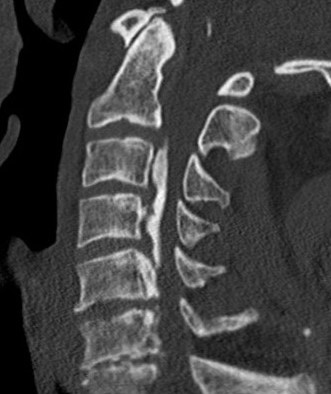
Definition
Ossification of the posterior longitudinal ligament (OPLL)
Heterotopic ossification of the posterior longitudinal ligament
Epidemiology
2:1 Male:Female
More common in Japanese and East Asian populations
- CT of 1500 Japanese patients
- incidence of cervical OPLL 6%
Natural history
- of those myelopathy free at baseline, 71% remained free at 30 year follow up
- 64% of patients with OPLL and myelopathy had progressive neurological deterioration
Clinical
Radiculopathy
Myelopathy
Risk of spinal cord injury
Xray
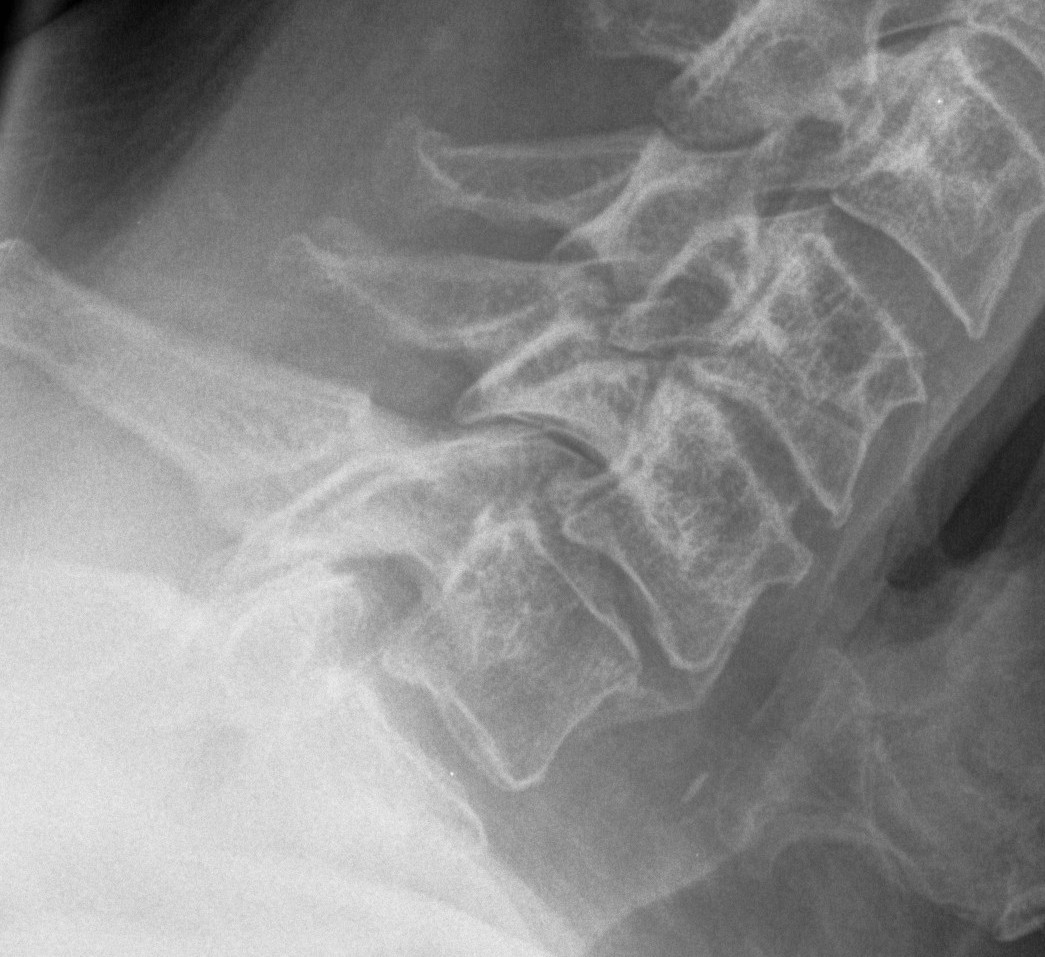
MRI
Can miss OPLL in stenosis
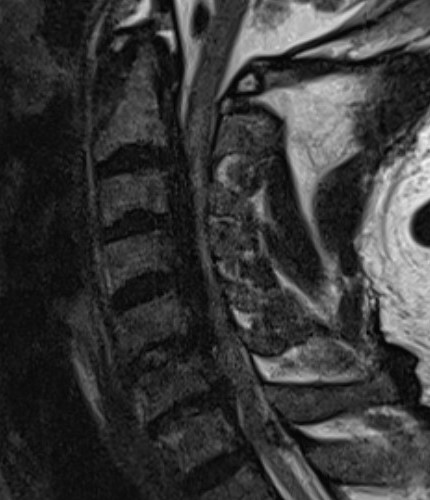
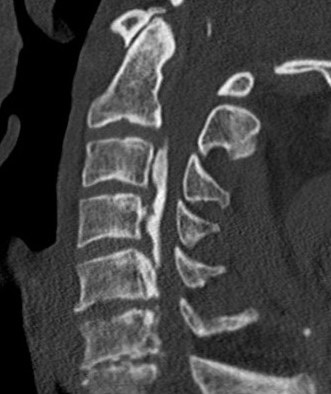
MRI and CT in same patient with OPLL
CT
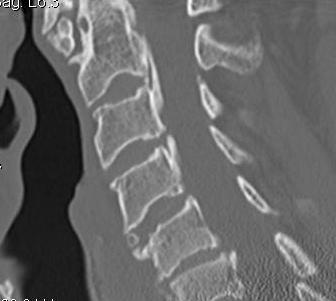
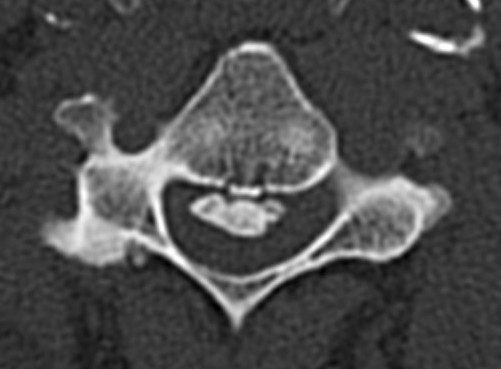
OPLL on CT
Occupancy ratio
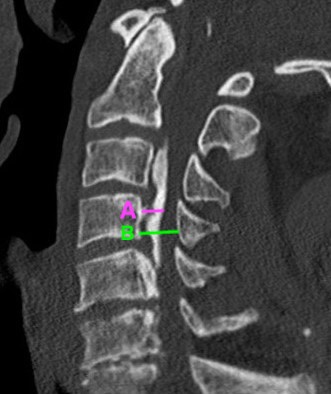
- 156 patients with OPLL with 10 years of follow up
- occupancy ratio < 60% - 49% developed myelopathy
- occupancy ratio > 60% - 100% developed myelopathy
Classification
1. Localized - with a solitary OPLL lesion
2. Segmental - multiple, separate vertebral level lesions
3. Continuous - single uninterrupted lesion involving multiple segments
4. Mixed
Management
Options
Anterior approach (ACDF / corpectomy)
Advantage
- direct decompression
- suitable for patients with kyphosis
- possible better for patients with worse disease / higher canal occupancy ratios
Disadvantage
- dural tears
Posterior approach (laminotomy / laminectomy and fusion)
Advantage
- indirect decompression
- indicated for multilevel disease i.e 3 or more levels
- lower risk of dural tear
Disadvantage
- contra-indicated with kyphosis > 10 - 15 degrees
- wound issues
- increased risk of C5 nerve palsy
Outcomes
OPLL versus other forms of stenosis
- prospective study of 135 patients with OPLL undergoing decompression
- no difference in outcomes compared with those without OPLL
- higher risk of complications
Anterior versus posterior approach
- anterior versus posterior approach
- systematic review and meta-analysis of 13 studies
- better outcomes with anterior decompression, especially with canal occupancy ratio > 50-60%
- increased complications, blood loss, and operative time with anterior approach
- dural tear rate 31% with anterior approach
Posterior approaches
- 189 patients with OPLL
- compared laminoplasty to posterior fusion
- equivalent outcomes
- reduced complications and C5 nerve palsy, with increase ROM with laminoplasty
